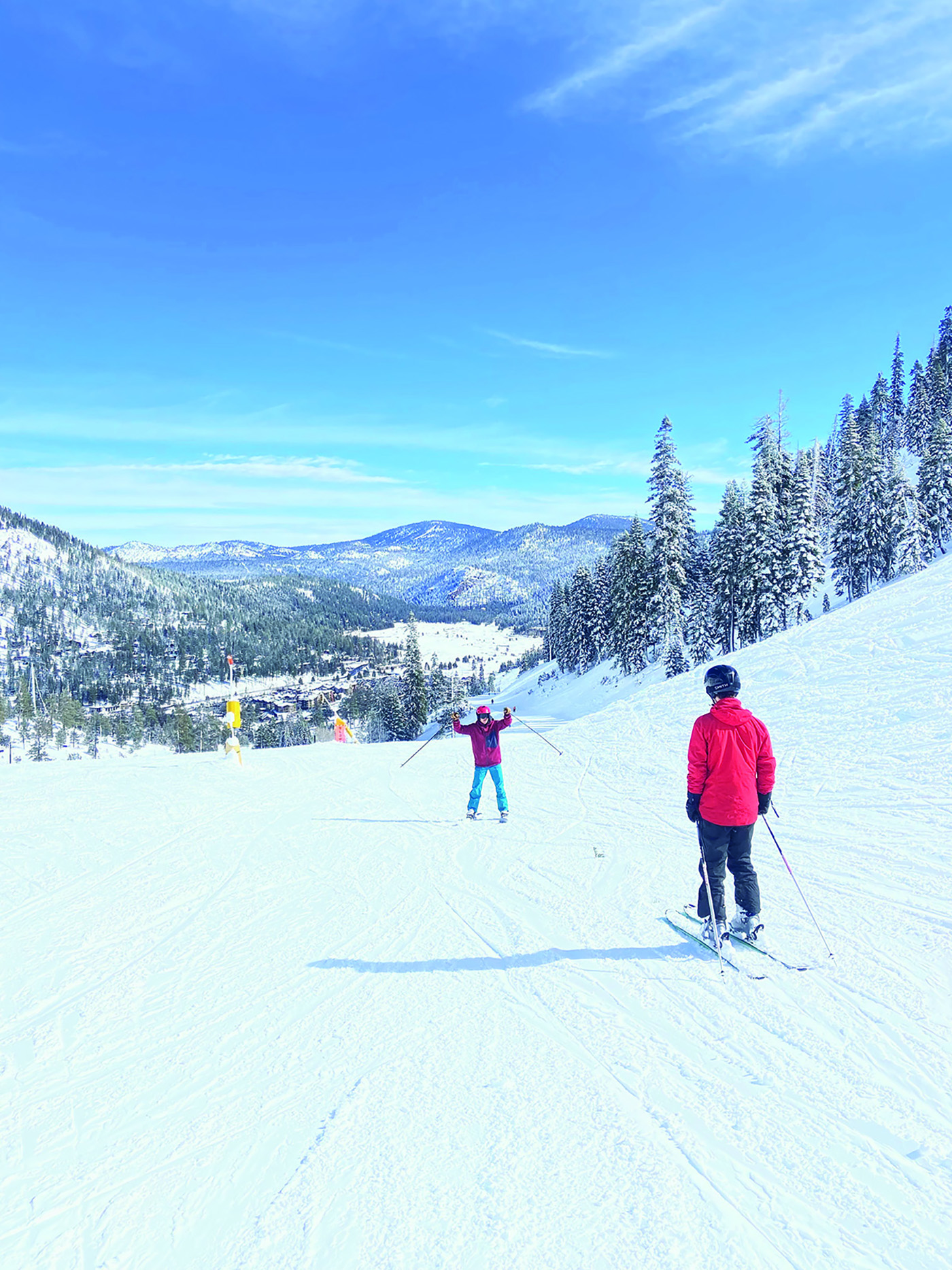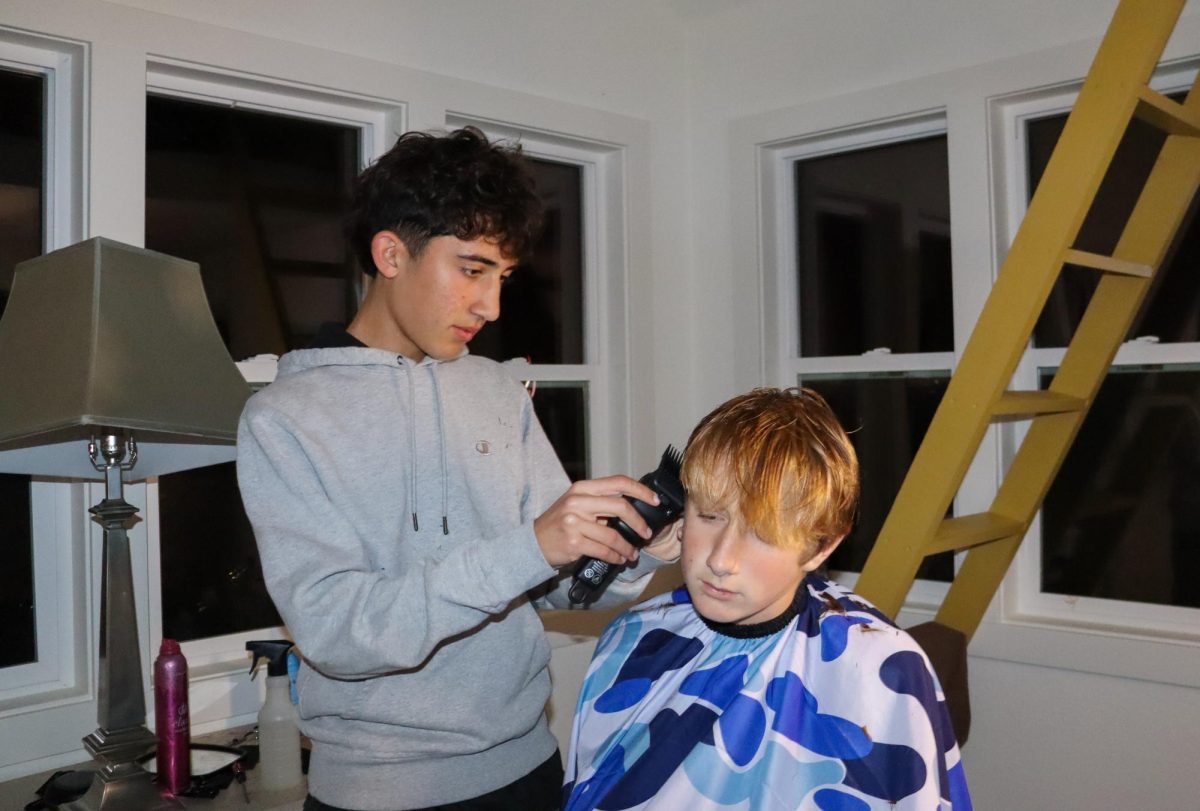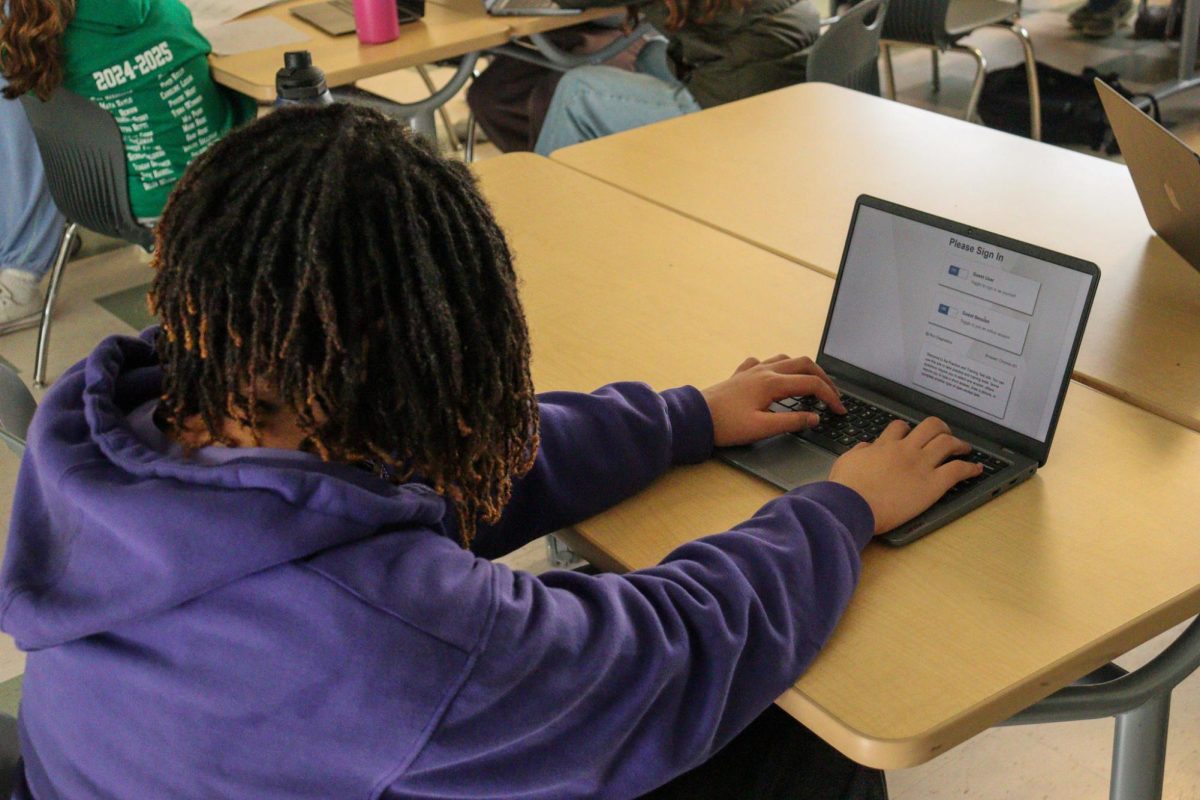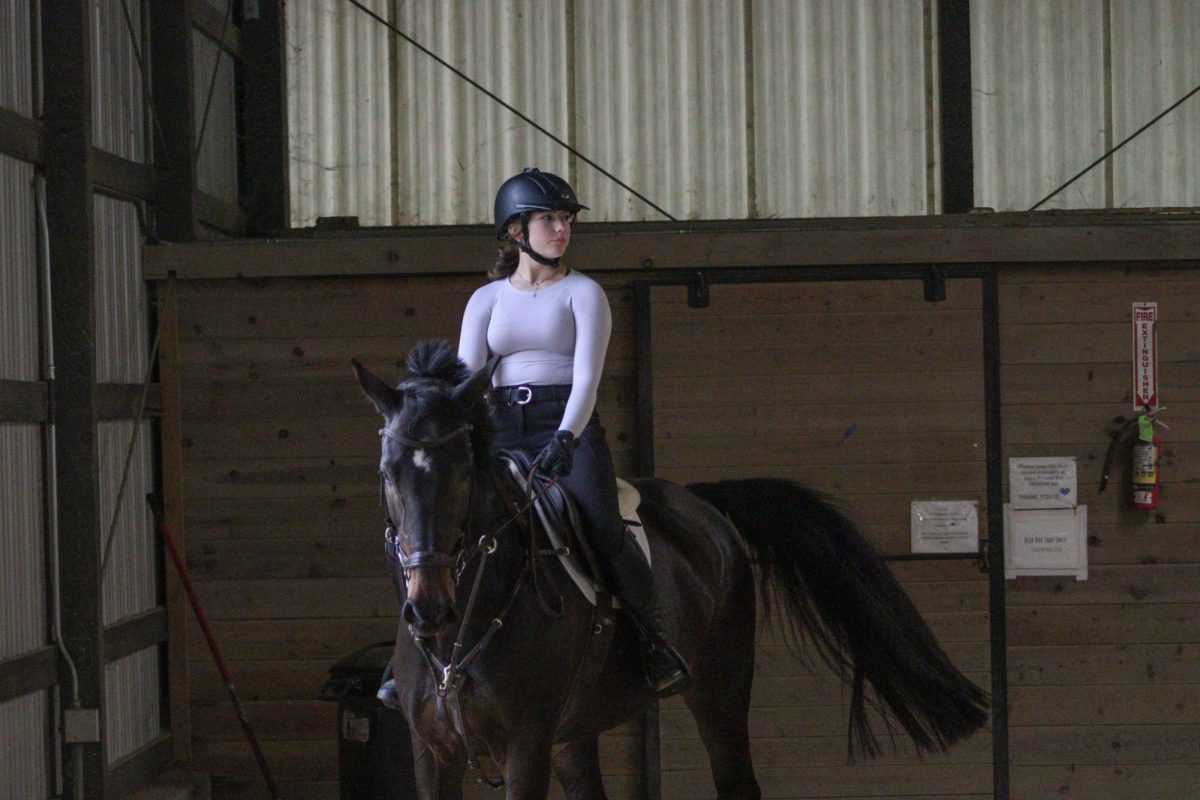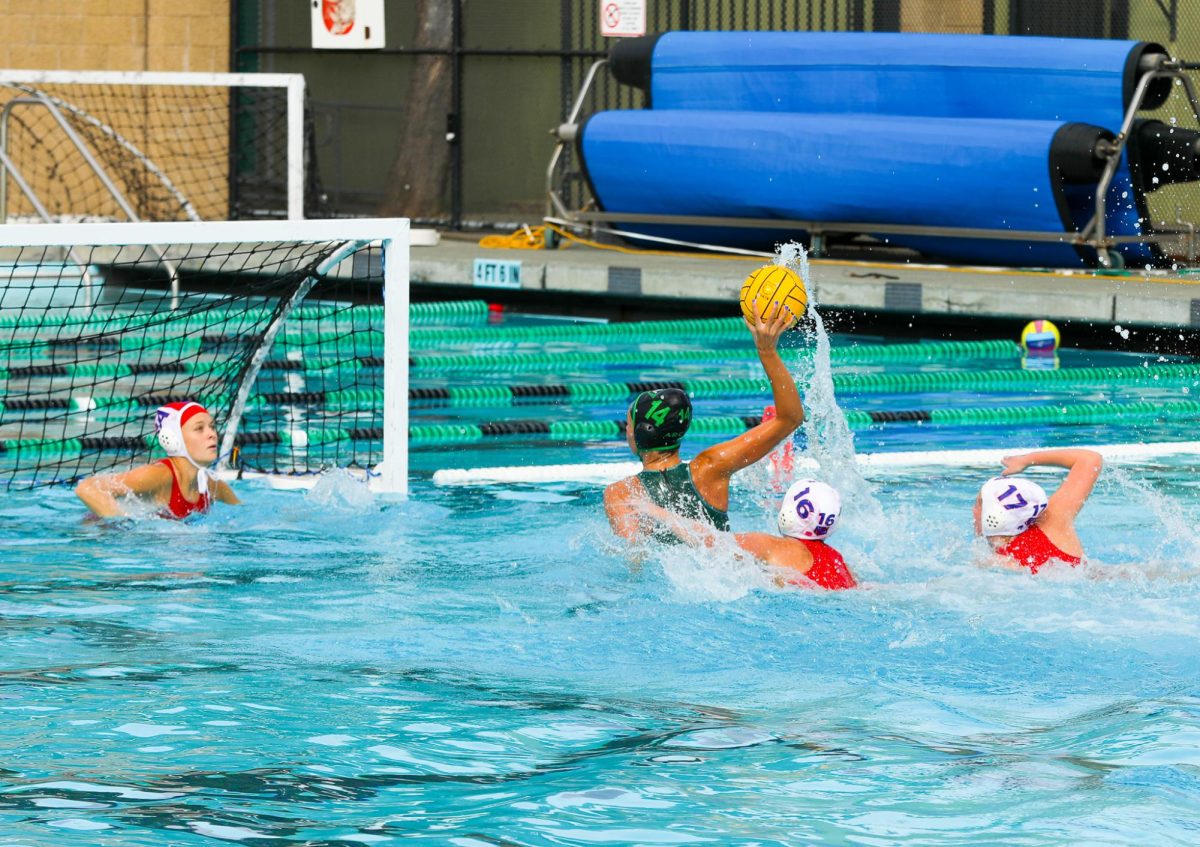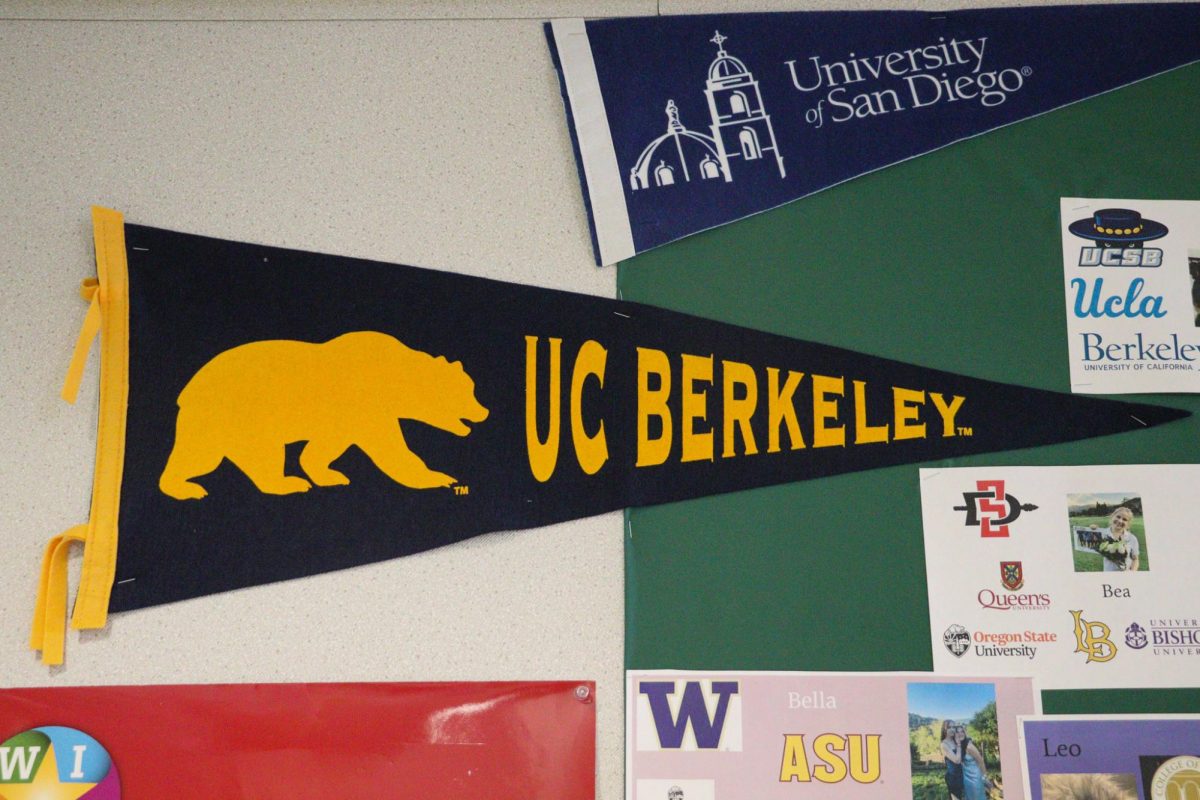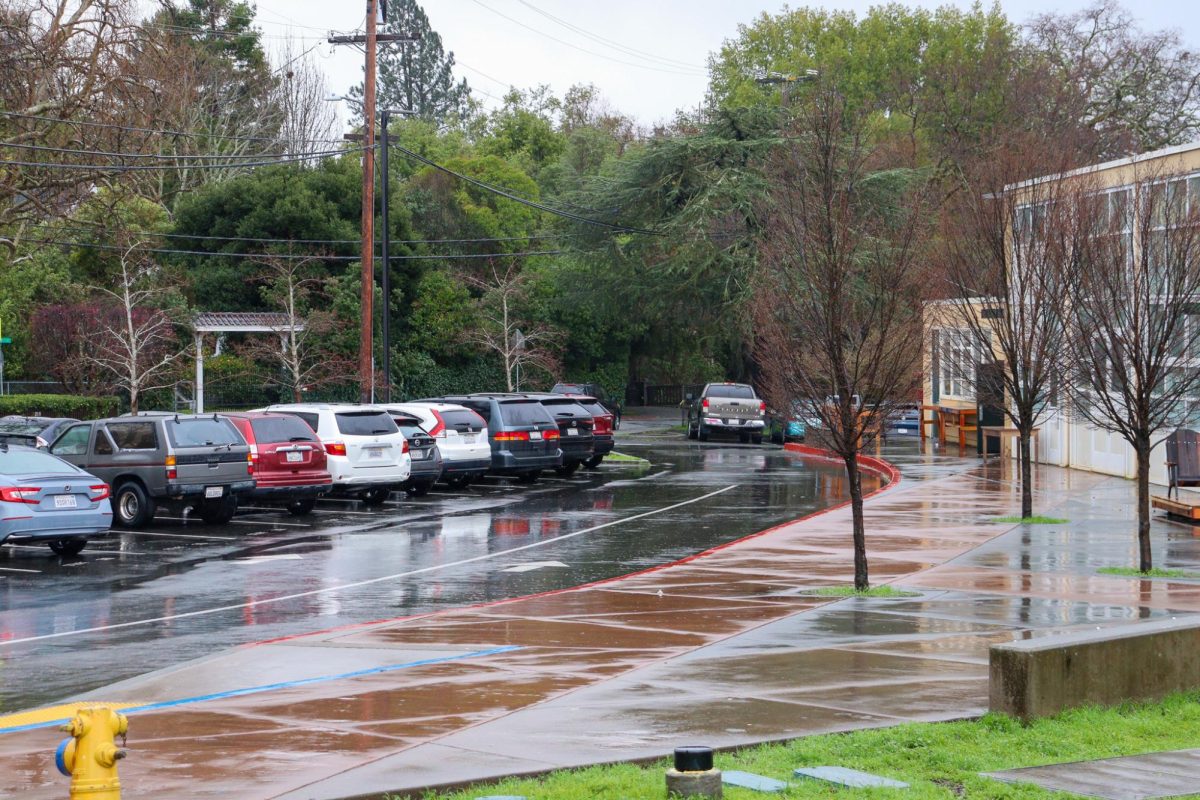With Archie Williams having multiple winter breaks during the year, students frequently take advantage of the snowy weather in Lake Tahoe and the surrounding areas to ski and snowboard. As winter break approaches, hallways are alive with chatter about winter break plans but there is seldom discussion about the classism woven into winter sports culture.
Skiing and snowboarding have long been popular activities with Archie Williams students, as an abundance of people choose to spend their winter break by partaking in the sports. Both winter sports offer opportunities for Archie Williams students to connect with family and friends on the slopes.
Archie Williams sophomore Olive Diamond has over 10 years of experience in racing and freestyle skiing. Olive frequents the Palisades Tahoe Resort and enjoys racing down the slopes with friends and family.
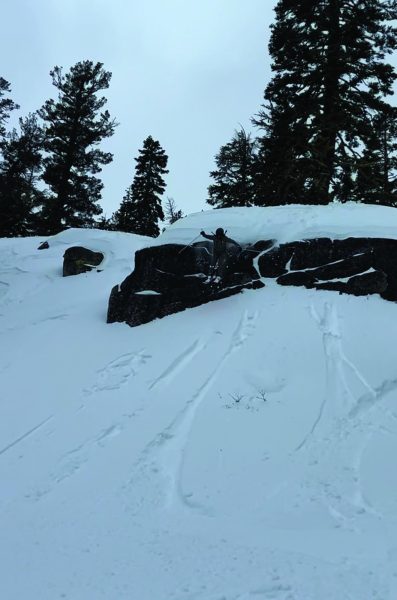
“[Skiing] gives you an opportunity to meet new people who are sometimes at different levels than you,” Olive said. “During the [ski] season, my family goes up to Tahoe every weekend to visit the slopes.”
Whether you are a novice skier or a season pass holder, skiing and snowboarding have a range of benefits for everyone to enjoy. Whether sitting next to a stranger on a chair lift, racing someone down a black diamond, or ordering a hot chocolate with a new friend at a lodge, both winter sports provide a variety of new and exciting experiences.
Time spent in the mountains can additionally reduce stress, boost mood, and is an excellent contribution to physical wellbeing. As an intensive sport that focuses on endurance and strength, skiing is an excellent way to incorporate movement during the shorter days and colder months.
Marin County’s proximity to Lake Tahoe and its surrounding mountain ranges make winter sports like skiing and snowboarding conveniently accessible. The county’s location makes the slopes more available to Marin residents compared to other counties with a much farther commute to the snow.
Archie Williams junior Cooper Merrill has been snowboarding at Tahoe’s various ski resorts since he was seven years old and notices the similarities between the type of people Marin and Tahoe attract.
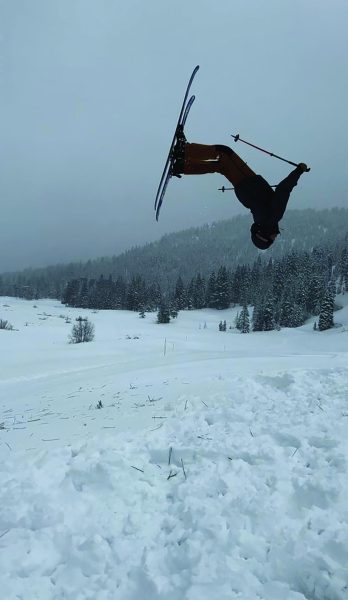
“You see a lot of chill people who surf in the summer and come to the mountains when it gets too cold,” Cooper said. “You get the guys who fly down the slopes yelling crazy [stuff] to each other, and then the more laid-back types who prefer to hang out at the lodge.”
The majority of winter sports participants, especially skiers, are distinctly financially successful, similar to Marin County’s population. According to Powder Magazine, skiing has “failed to market itself beyond a single narrow, and diminishing, demographic.” With 72 percent of skiers making more than 100,000 dollars annually, and constant rising costs, the average American skiing population dwindled from 25 percent to 17 percent between 2016 and 2017.
Skiing also continues to be a predominantly white sport, with only seven percent of skiers being African American, and 13 percent Hispanic.
Unlike many of her classmates, Archie Williams freshman Alexis Hinsdale doesn’t hit the slopes every year.
“Most of the people I know who ski or snowboard grew up going up to Tahoe every winter,” Alexis said. “Even if my parents wanted to take me skiing, they couldn’t afford to rent a place to stay, let alone all the gear you need to ski and snowboard.”
Alexis’ skiing career ended as a child when she and her uncle crashed on a slope, resulting in him tearing his ACL. After watching her uncle suffer injury from skiing, she is more wary about the sport. Combined with the expended cost of Tahoe trips for her family, Alexis sees a different picture of Marin’s skiing and snowboarding community.
Accidents on the mountain can result in wounds, bruises, and tears on all parts of the body. John Hopkins Medicine found that roughly 600,000 people experience some type of skiing or snowboarding injury every year. 30-40% of these injuries were lower-leg or knee related, like an ACL tear, and 20% wear concussions or head trauma injuries.
Not only can winter sports pose a threat to your physical health, the price of skiing and snowboarding can make your wallet shiver with fear. With an estimated industry cost of 5.8 billion dollars in 2024 from Grand View Research, skiing and snowboarding costs an average of 200 dollars per day, a price that many find prohibitively expensive.
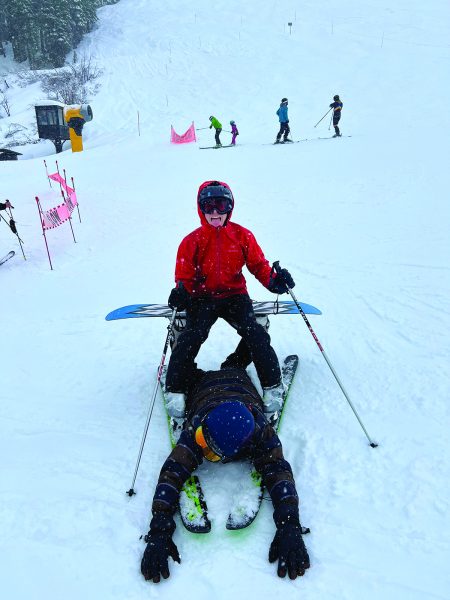
“There are so many things that kids here take for granted, and one of them is definitely going up to Tahoe. I think it’s such a privilege to do these things without worrying about the financial aspects of [skiing and snowboarding],” Alexis said.
Archie Williams social studies teacher Mike Kelemen has watched the industry transform as younger generations showed more interest in skiing and snowboarding. Brands have begun using platforms such as social media to attract younger audiences, by advertising gear and tickets to resorts online, skiing and snowboarding have skyrocketed their sales through online presences these past couple of years.
“I think the marketing for skiing and snowboarding is a kind of maverick or non-conformist. Brands are trying to make their gear fit this laid-back, cool personality so that more people will buy it. Surfer culture is the same thing. They try to sell you clothes and [gear] that goes along with it, but that’s just marketing,” Kelemen said.
However, if available, Kelemen believes that the luxury of skiing or snowboarding should be enjoyed when given the chance. Both winter sports have a variety of benefits since they are an excellent way to connect socially, improve physical fitness, and get immersed in nature.
“Just because you ski or snowboard doesn’t make you a bad person from how expensive or not racially diverse [the sport] is,” Kelemen said. “I think it’s important to realize how much of a privilege it is to live so close to Lake Tahoe, but it’s not one person’s fault for how white or expensive the ski and snowboarding industry became.”



